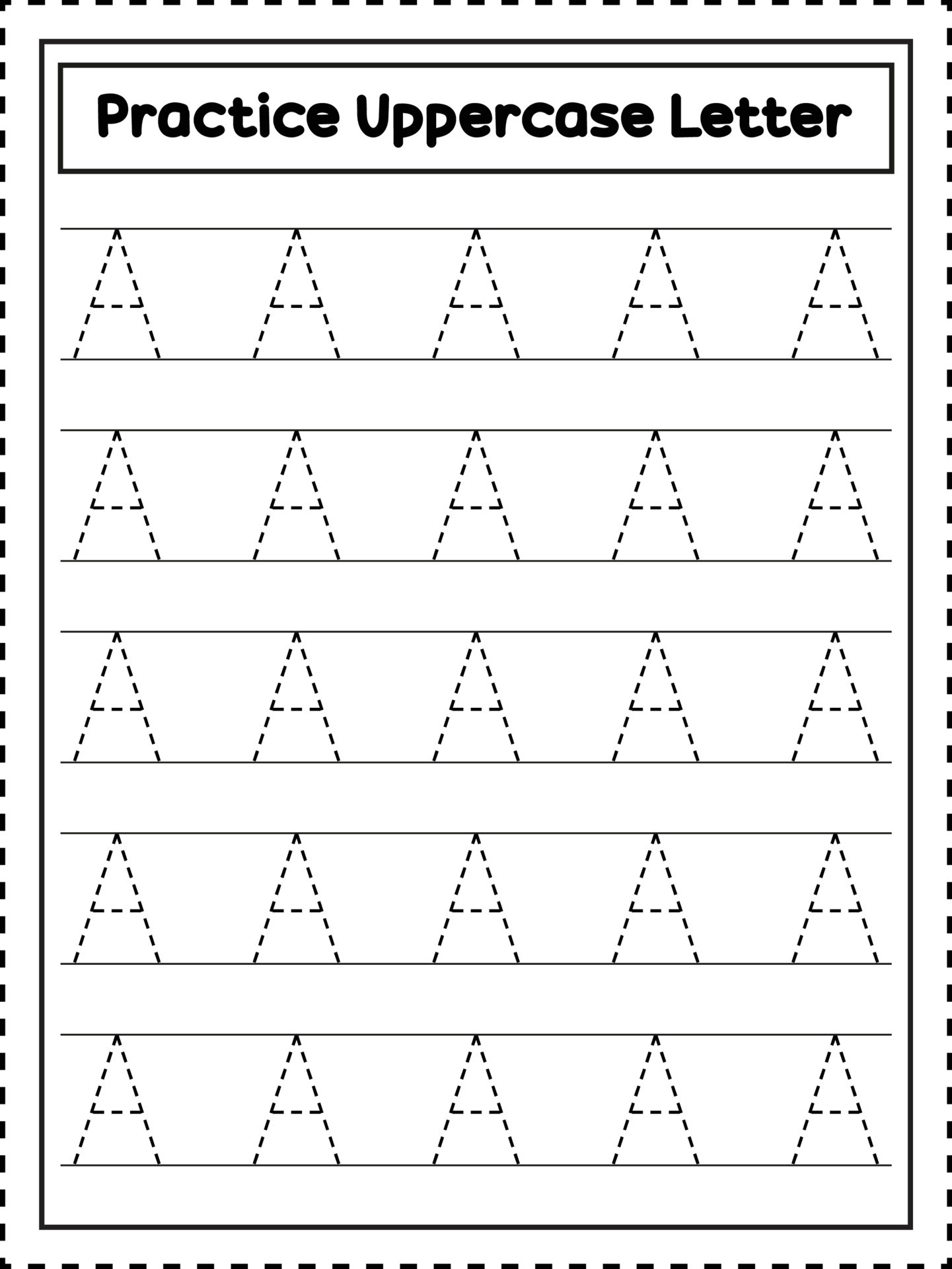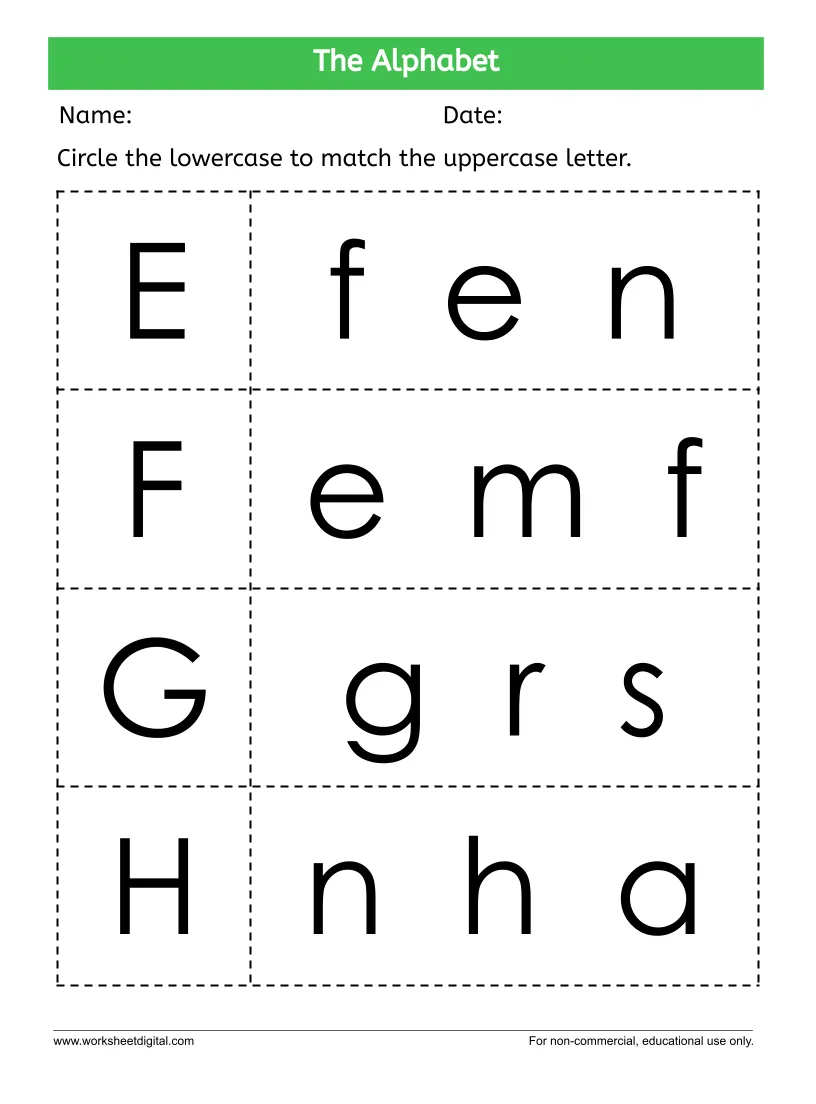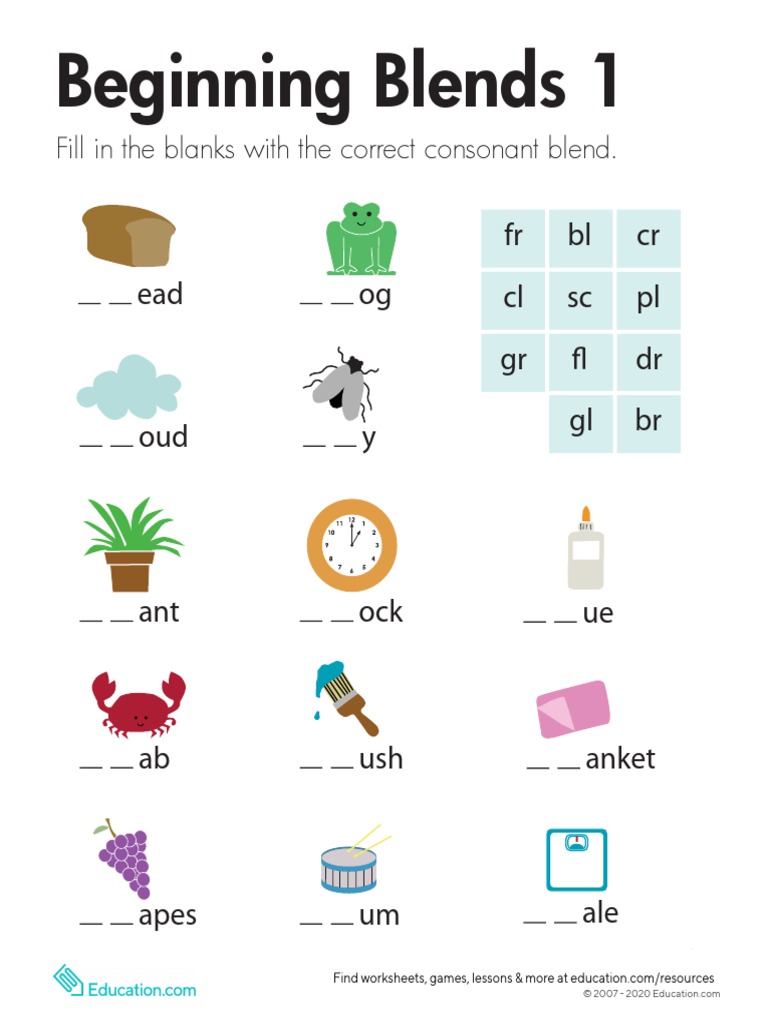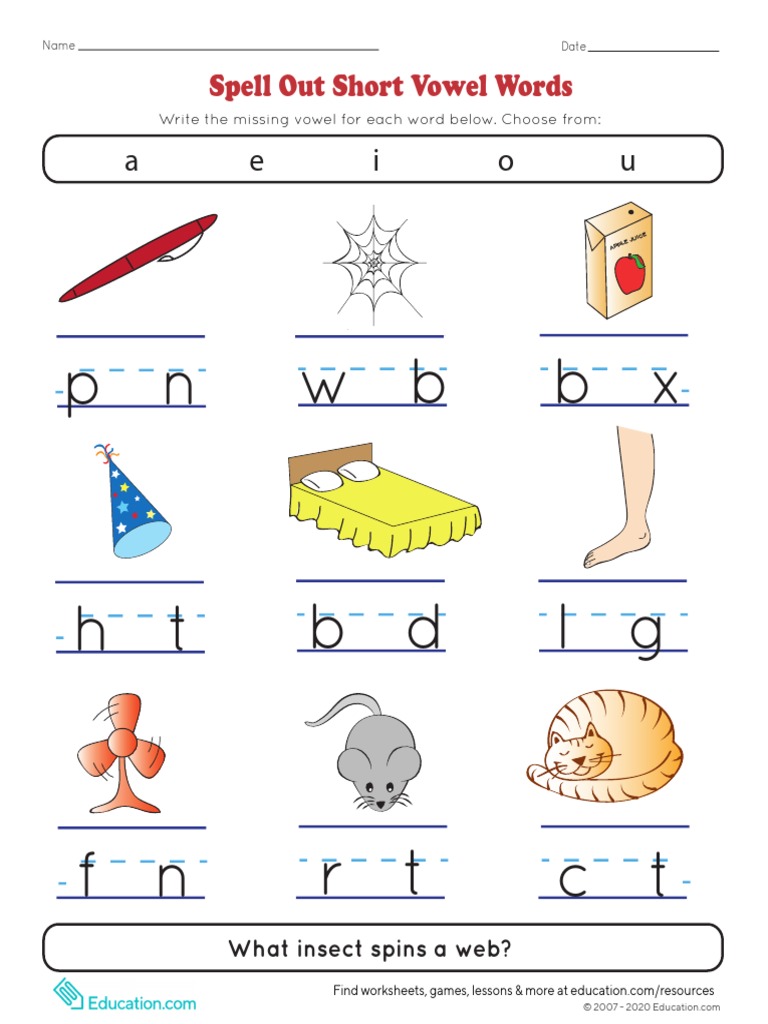The letter "A" is one of the most fundamental building blocks in the English language. It is the first letter of the alphabet and plays a crucial role in many words. For young learners, mastering the letter A is essential, not just for reading and writing, but also for developing fine motor skills and handwriting abilities. In this article, we will explore the importance of tracing the letter A, provide tips for effective tracing activities, and suggest fun ways to incorporate tracing into daily learning routines.
The Importance of Tracing Letters
Tracing letters is a vital step in early childhood education for several reasons:
-
Fine Motor Skills Development: Tracing helps children improve their hand-eye coordination and fine motor skills. These skills are essential for writing, drawing, and other activities requiring precision and control.
-
Letter Recognition: Tracing the letter A allows children to familiarize themselves with its shape, form, and structure. This recognition is the first step towards reading and writing.
-
Memory Retention: Repeatedly tracing a letter can help reinforce memory. The more children practice, the more likely they are to remember the letter and its sound.
-
Confidence Building: As children successfully trace letters, they gain confidence in their writing abilities. This sense of achievement motivates them to continue learning.

How to Trace the Letter A
Tracing can be done in various ways, making it an engaging and enjoyable activity for children. Here are some effective methods for practicing the letter A:
1. Printable Worksheets
One of the simplest ways to practice tracing the letter A is through printable worksheets. You can create or find worksheets that feature the letter A in both uppercase (A) and lowercase (a). Here’s how to use them:
-
Provide Guidance: Explain to your child how to hold a pencil or crayon correctly. Demonstrate how to trace the letter by following the dotted lines.
-
Encourage Repetition: After tracing the letter A, encourage your child to try writing it independently on blank lines or in a designated space.
-
Color the Letter: Once your child has traced the letter, allow them to color it in. This adds a creative element to the activity and reinforces their connection to the letter.
2. Sensory Tracing
For younger children, sensory tracing can make learning more engaging. Here are a few fun ways to practice tracing the letter A using different materials:
-
Sand or Salt Tray: Fill a shallow tray with sand or salt. Show your child how to use their finger to trace the letter A in the material. This tactile experience is both enjoyable and educational.
-
Finger Paints: Spread finger paint on a large sheet of paper and encourage your child to trace the letter A with their fingers. This is a messy but fun way to learn!
-
Playdough: Roll out playdough into a long, thin shape and have your child form the letter A. This hands-on approach helps reinforce the shape and structure of the letter.
3. Digital Tracing
In today’s digital age, there are numerous apps and online resources designed to help children learn to write letters. Many of these platforms offer tracing activities that are interactive and visually appealing. Look for apps that focus on letter recognition and tracing, allowing your child to practice in a fun, engaging way.
Tips for Effective Tracing Practice
To ensure that your child gets the most out of their tracing practice, consider these helpful tips:
-
Create a Routine: Incorporate tracing activities into your child’s daily routine. Whether it’s a few minutes each morning or after school, consistent practice is key to learning.
-
Use the Right Tools: Choose writing tools that are comfortable for your child. Beginner pencils, crayons, or markers can help them gain better control as they practice.
-
Make it Fun: Keep the tracing activities enjoyable by incorporating games or challenges. For example, time your child to see how many letters they can trace in a minute, or reward them with stickers for completing worksheets.
-
Provide Positive Feedback: Celebrate your child’s efforts and progress, no matter how small. Encouragement goes a long way in building confidence and a love for learning.
Incorporating Tracing into Everyday Learning
Tracing the letter A doesn’t have to be limited to worksheets. Here are some creative ideas for incorporating tracing into everyday learning:
-
Storytime Connection: During storytime, point out words that begin with the letter A. After reading, encourage your child to trace the letter A while discussing those words. This connects tracing with literacy.
-
Nature Walks: Go on a nature walk and look for objects that start with the letter A, such as apples, ants, or airplanes. When you return home, have your child trace the letter A and draw pictures of the items they found.
-
Art Projects: Integrate tracing into art projects by having your child trace the letter A on colored paper, then decorate it with stickers, glitter, or drawings that relate to words starting with A.
-
Cooking Together: Involve your child in cooking by asking them to trace the letter A on a recipe card or while labeling ingredients. This practical application helps them see how letters are used in everyday life.
The Journey Beyond the Letter A
Once your child feels confident tracing and writing the letter A, you can gradually introduce other letters of the alphabet. Here’s how to smoothly transition:
-
Alphabet Themes: Introduce letters in alphabetical order, dedicating time to practice tracing each one. This helps children understand the structure of the alphabet and reinforces their learning.
-
Create a Letter Book: Encourage your child to create a personal letter book, where they can practice tracing each letter and draw pictures or write words that start with that letter.
-
Incorporate Uppercase and Lowercase: Teach your child to recognize both uppercase and lowercase letters. After mastering the uppercase A, introduce the lowercase a, emphasizing the differences in shape.
Conclusion
Practicing tracing the letter A is a valuable and enjoyable activity for young learners. By developing fine motor skills, enhancing letter recognition, and building confidence, tracing lays the foundation for future literacy and writing skills. Whether through printable worksheets, sensory activities, or everyday learning connections, the journey of mastering the letter A can be both fun and rewarding. So grab your pencils, crayons, or playdough, and embark on this exciting adventure of learning together!



